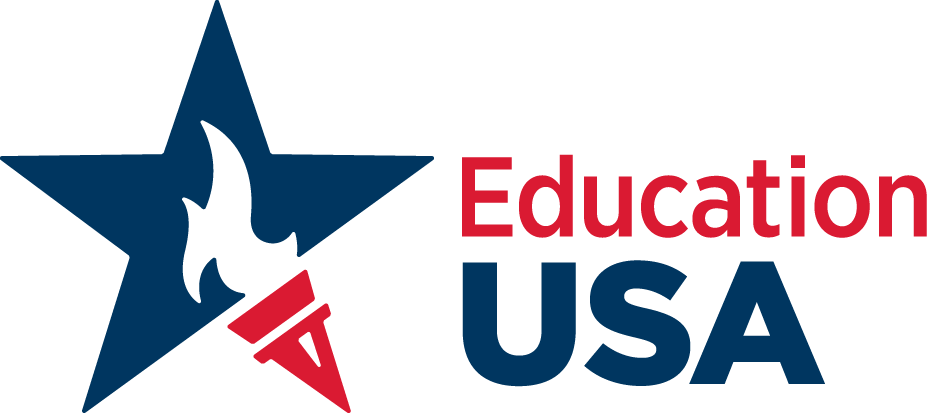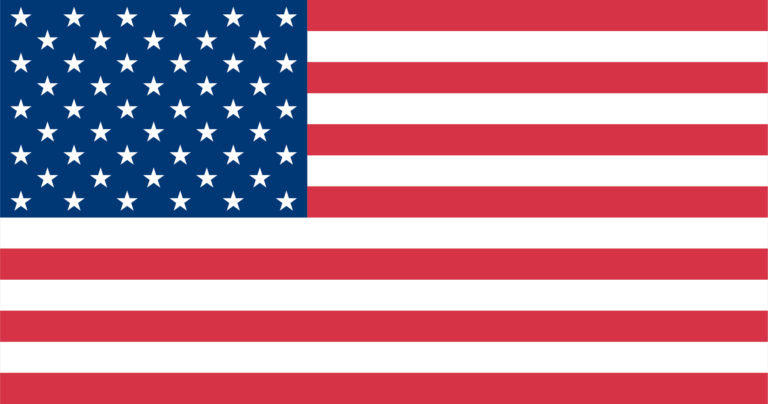Private Boarding Schools
Private boarding schools accredited by the National Association of Independent Schools are found in 33 of the 50 states. Since public education is free to the residents of the local community and generally of high quality, private schools have arisen primarily to serve a multitude of special education needs. Some are “prep schools” geared to prepare students for admission to highly selective colleges; some are single-sex institutions; some are sponsored by religious groups; some are for students with learning disabilities. There are boarding schools that emphasize activities such as music, international education, and outdoor living. In considering a private school, therefore, it is especially important to examine the goals of the school in order to find institutions whose purposes match those of the student.
Many boarding schools require students to take the Secondary School Admission Test (SSAT); information is available from the guidance office of the International School of Brussels (Kattenberg 19, 1170 Brussels) or from ETS (Preparing for the SSAT, Educational Testing Service, CN 6451, Princeton, NJ 08541-6451).
Further descriptions of boarding schools can be found in:
• Porter Sargent’s “The Handbook of Private Schools”
• Peterson’s “Guide to Independent Secondary Schools”
which are available for consultation in the Commission’s Advising Center.
Application procedures and visa qualifications: To apply to a private boarding school in the U.S., a prospective secondary student must inquire whether or not the school is authorized to issue the I-20. If so, the student completes the required admissions procedures, including any admissions tests. If English as a Second Language is offered, inquire whether it can be taken while enrolled in academic coursework or if it is only offered as a prerequisite to academic work. Just as for a university application, the student should begin well in advance in order to complete the application before the deadline date with all materials and test scores included.
If a student is admitted, he or she will be sent a Form I-20 and should apply to the nearest U.S. consulate for an F-1 student visa.
Public Secondary Schools and Private Day Schools
International students may apply for admission to public secondary schools and private day schools as long as the particular school in question has applied for and received authorization to admit foreign nationals — that is, to issue the Form I-20. There is no central source of information about the eligibility of public schools to issue I-20s. Each public school system is free to petition the U.S. Immigration and Naturalization Service for permission to enroll students from other countries. If the school system chooses to do this, it must list separately each school eligible to enroll students from abroad. Note that public school systems are under state and local jurisdiction and therefore not subject to federal regulation in this matter. To find addresses of public school systems for inquiry, check Patterson’s American Education, which is published annually and is available for consultation in the Advising Center of the Commission.
Application procedures and visa qualifications: Most foreign students requesting admission to U.S. public secondary schools (or private day schools) plan to live with relatives while attending school. The relatives should first inquire of the particular school involved to see if it is eligible to admit foreign nationals. They should also seek information about English as a Second Language since most public schools do not offer ESL courses unless they are located in areas where many non-English speakers have settled. If the school is eligible and if the student meets admissions requirements, the school may issue a Form I-20 as soon as the student has paid full tuition. The student then uses the I-20 to apply at the nearest U.S. consular office for an F-1 student visa. The student must show proof of payment of full tuition when applying for the F-1 visa. Theoretically, a student may apply whether or not there is a relative willing to offer housing, but this rarely happens.
Foreign national students accompanying family members working, studying, or performing diplomatic service in the United States attend public schools tuition-free on the basis of their family’s residence — and presumably payment of local taxes — in the community; their visa status is based on that of their parents. In the case of students attending public schools and living with family already in the U.S., these students must apply for the F-1 visa and pay full tuition.
Interested in scholarships at a U.S. secondary school?
ASSIST (American Secondary Schools for International Students and Teachers) creates life-changing opportunities for outstanding international scholars to learn from and contribute to the finest American independent secondary schools.
ASSIST is a nonprofit, international educational and cultural exchange organization based in the United States and active in more than twenty countries around the globe. Their core work is to identify, place, and support outstanding international students on one-year scholarships at leading American independent secondary schools. More info: http://www.assistscholars.org/


